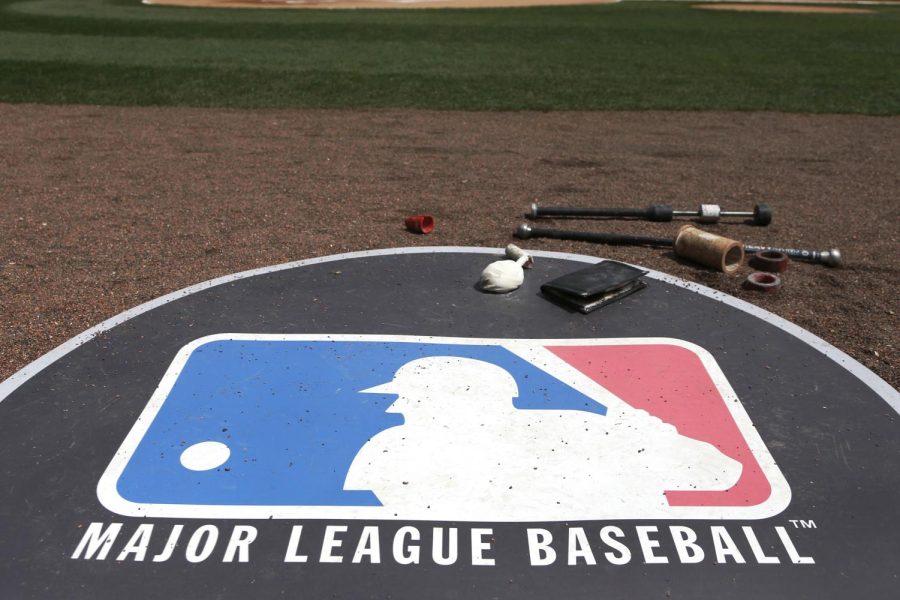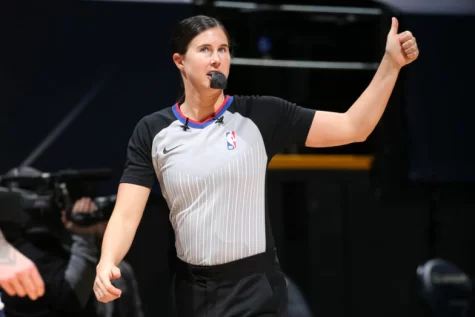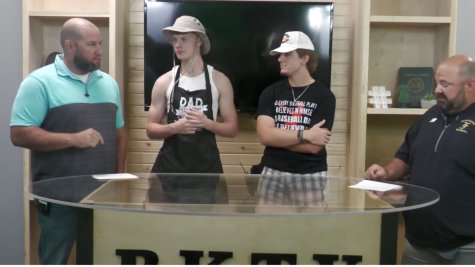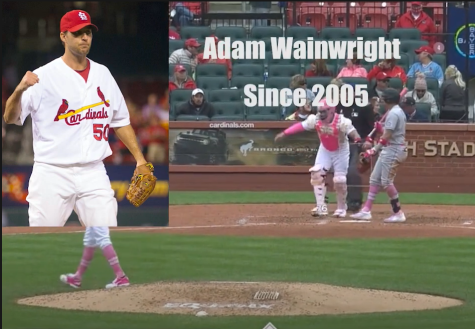What does an MLB Lockout mean?
What is a lockout, and how will it affect this upcoming season? Photo courtesy of Inside Hook
In 1994-95, there was an MLB players strike that canceled the end of the 1994 season and postseason. The strike would continue throughout the 1995 spring training season, after 232 days, and 948 total games being canceled, the two sides finally agreed to resume play. If you haven’t been following the 2021 lockout, you might have a lot of questions about what this disagreement is over, and what it will lead to. What is the CBA? What do both sides want? Will there even be an MLB season this year?
So first things first, what is a lockout? According to The New York Times, “In short, it is a type of work stoppage used by the owners of a business during a labor dispute.” The ‘business owners’ in this situation are MLB and it’s management. The other side is the Major League Baseball Players’ Association(MLBPA). The Players’ Association represents the players’ interests, The ownership is canceling the season until the two sides negotiate a new Collective Bargaining Agreement(CBA). We’ll get into that later. The lockout was initiated by management to avoid a players’ strike like the one in 1994. There really isn’t much difference between a strike and lockout, except that with a lockout the ownership has leverage over the negotiations. It’s all about control.
Every ten years, the MLB negotiates a new Collective Bargaining Agreement, or CBA. Basically it is like a contract between the players and ownership that outlines how both sides can do business. Before the CBA, ownership could do basically anything they pleased, including trading players willy-nilly with no input from the players themselves. With the emergence of the MLBPA, players finally got someone to speak on their behalf. The CBA is a chance for the players to put restrictions on what the ownership can do, but both sides have to agree to the changes.
The player’s strike in ‘94 was the eighth work stoppage in MLB history. Since then there has not been a single stoppage for any reason. Until now.
One of the main issues that the sides are trying to address is improving the culture in minor league clubhouses. If you don’t know, the minor league life is less than glorious. It starts with the housing, according to former minor leaguer Ben Verlander: “We’re talking tile floors, springy bunk beds, nasty community showers, the smell of mold — the whole nine yards.” He goes on to describe the lack of proper meals, unreasonable schedule and pay, as well as the constant paranoia that comes with teams constantly cutting minor leaguers. Other issues on the table include the manipulation of service time by the owners so that the minor leaguers take longer to reach arbitration and negotiate for more money, as well as various other penny-pinching maneuvers that the owners take to save a cheap buck. (Sources: Ben Verlander – Fox Sports, New York Times)






